Party Central Committee Secretary Hong Ha (middle), Mr. Bui Van Chuong (far left) and Mr. Bui The Giang (far right) during a trip to the US in August 1995.
On the occasion of the 30th anniversary of the normalization of Vietnam-US relations, Mr. Bui The Giang - who directly participated in this historic trip - shared for the first time images and details of the "silent" but important journey.
As the first public visit by a Party leader to the US, this is truly a door to broaden understanding, introduce the new Vietnam and lay the first bricks for bilateral relations.
At an important time like 1995, the meetings and contacts of Party Central Committee Secretary Hong Ha during the visit were very convincing and effective, and I am sure they had a very significant impact on the US side, even though - let me repeat and emphasize - it was not an official visit.
Mr. BUI THE GIANG
Special historical context
July 1995 marked three important historical milestones in Vietnam's foreign relations in one month: joining ASEAN, signing the Framework Agreement on Comprehensive Cooperation with the European Union, and establishing diplomatic relations with the United States, or "normalization of relations" as the United States calls it.
According to Mr. Bui The Giang, this is the result of the Renovation process in general and the Renovation of foreign affairs in particular, in which Vietnam gradually opened foreign relations with the world , with priority given to border neighbors, neighbors in the region, major countries and international organizations.
Mr. Hong Ha and Mr. Bui The Giang during their visit to CNN - Photo: NVCC
In that general context, and especially when Vietnamese Prime Minister Vo Van Kiet and US President Bill Clinton had just announced the establishment of diplomatic relations a month earlier, the decision to go to the US in August 1995 by Party Central Committee Secretary and Head of the Central Foreign Affairs Commission Hong Ha demonstrated the strategic vision and decisive spirit of the Party leadership in foreign policy in general and in bilateral relations with the US in particular.
Although the trip was public, the delegation consisted of only three members: Mr. Hong Ha, Mr. Pham Van Chuong (then Deputy Head of the Central Foreign Affairs Committee), and Mr. Bui The Giang (then Head of the People's International Department of the Central Foreign Affairs Committee).
One of the things that made the trip special was how Vietnam carried out this activity "through the hands of Americans": The trip was organized by the Center for Educational Exchange with Vietnam (CEEVN) - headed by Ms. Minh Kauffman, an overseas Vietnamese in the US - and sponsored by the Ford Foundation - an American non-governmental organization.
Mr. Hong Ha (second from right) and Mr. Bui The Giang (far right) met Mr. Desaix Anderson (far left) - the first charge d'affaires of the US Embassy in Vietnam. In the photo is Vietnamese Ambassador to the US Le Van Bang (middle) - Photo: NVCC
Comprehensive Discovery Journey
In just about ten days from August 12, 1995, Mr. Hong Ha and his delegation traveled from the east coast to the west coast and even the central region of the United States. The delegation met with a number of officials from the US Department of State, the Department of Defense and the US Congress, met and discussed with many large economic and commercial corporations, discussed with many scholars and professors at Stanford University and visited the Carter Center - where documents about former US President Jimmy Carter are kept.
As a former journalist, Mr. Hong Ha also visited CNN headquarters to learn about and see firsthand the work of the media. He also spent time meeting and learning about the operations of some American non-governmental organizations such as Habitat and CARE.
He and his delegation also went to watch a baseball game - America's national sport - and visited the Golden Gate Bridge - one of the iconic structures with the aim of directly understanding American culture.
Mr. Hong Ha and his delegation visited the United Nations headquarters in the US. In the photo is Ambassador, Head of the Permanent Delegation of Vietnam to the United Nations Ngo Quang Xuan - Photo: NVCC
In Atlanta, the delegation surprised and astonished the American side by requesting to visit the Martin Luther King Jr. Memorial Center and Area. When the American hosts looked at each other in confusion, the delegation explained: In 1971, three years after his assassination, Dr. King was posthumously awarded a Grammy for best recorded speech because he had given a speech titled "Why I Oppose the War in Vietnam". Mr. Giang quoted the American side's words: "The Vietnamese still remember things that many Americans quickly forget".
Among the delegation's meetings, the most notable was the visit by Mr. Hong Ha and the delegation to Mr. Desaix Anderson at his home in Logan Circle, Washington DC, just one day before Mr. Anderson arrived in Vietnam to take up his duties as the first Charge d'Affaires of the US Embassy. Also accompanying him were Mr. Le Van Bang and his wife, the first Vietnamese ambassador to the US.
The visit and friendly and open conversation of a Central Secretary of the Communist Party of Vietnam at the private home of an American diplomat left a positive impression not only on Mr. Anderson but also on the entire generation of American diplomatic officials at that time.
In addition, the delegation also visited the United Nations (UN) headquarters in New York, learned about the UN's operating mechanism, the UN-Vietnam relationship, and met and talked with officials of the permanent representative delegation of Vietnam to the UN. Although it was not easy, the delegation also had a meeting with a group of overseas Vietnamese in the US.
Mr. Hong Ha and Mr. Bui The Giang visited the Carter Center - where documents about former US President Jimmy Carter are kept - Photo: NVCC
Goals and deeper meanings
Visiting the US just one month after the two former enemies normalized relations, according to Mr. Bui The Giang, this trip set and achieved two major goals: First, to help Vietnam, especially Party agencies, better understand the US.
Second, in the context that most of the US government, people, businesses and non-governmental organizations still view Vietnam through the lens of war, the delegation took the opportunity to introduce the image of a new Vietnam, 20 years after the war.
At the time when the country began to open up, Mr. Hong Ha also raised with the US the urgent needs of Vietnam such as learning foreign languages and speaking "genuine American English".
And when meeting the leaders of the Council of American Academic Organizations, he was also interested in learning about the field of science and technology, asking in detail about the use of computers and Internet connections, which according to Mr. Giang, "was an extremely strange thing for a high-ranking leader of the Party at that time".
Mr. Hong Ha and Mr. Bui The Giang when visiting the non-governmental organization Habitat for Humanity - Photo: NVCC
It should also be added that although the delegation's visit was not official, the US side still granted the delegation diplomatic security status (just below the state security level reserved for heads of state).
Mr. Giang said that during the preparation for the delegation's departure, the head of the US liaison office in Vietnam (at that time, the embassy had not been opened) Jim Hall met him and asked "What is the Central Party Secretary, equivalent to what level in the State" to prepare the most thoughtful reception and security.
According to Mr. Giang, such a trip of course cannot create a big push or turning point in Vietnam-US relations, as well as in Vietnam's policy towards the US. However, it can be affirmed that the trip has brought many things to ponder for Mr. Hong Ha, the delegation and the Central Foreign Affairs Commission, the Party's foreign affairs advisory body in relations with the US.
This is an important basis for recognizing the United States as not only a former enemy that has just normalized relations, but also a large economy, a country with advanced science and technology, a diverse and rich society, as well as a large market with great potential for Vietnam.
Mr. Hong Ha and Mr. Bui The Giang visited the Golden Gate Bridge area - the iconic structure of America - Photo: NVCC
Mr. Hong Ha's visit to the US was not a sudden decision. In 1993, when Mr. Bui The Giang was preparing to go to the US to study for a master's degree at SAIS School of Johns Hopkins University, Mr. Hong Ha met him directly to give him two instructions: "You must bring back your master's degree and try to pull the US down and normalize relations."
During his eight months in the US (1993-1994), in addition to studying, Mr. Giang was assigned to study the Party leadership's ability to visit the US. "In 1993, when the US had not yet lifted the embargo, the Central Party Secretary's instructions really surprised me," Mr. Giang recalled.
Tuoitre.vn
Source: https://tuoitre.vn/chuyen-di-gop-phan-mo-loi-quan-he-viet-my-2025071023584877.htm#content-1



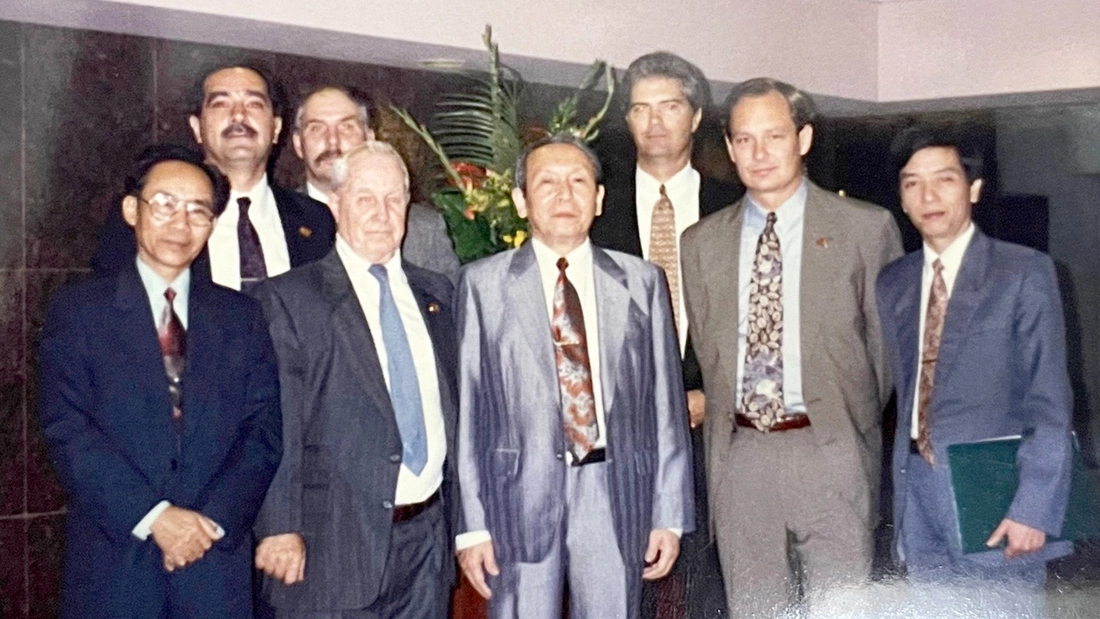
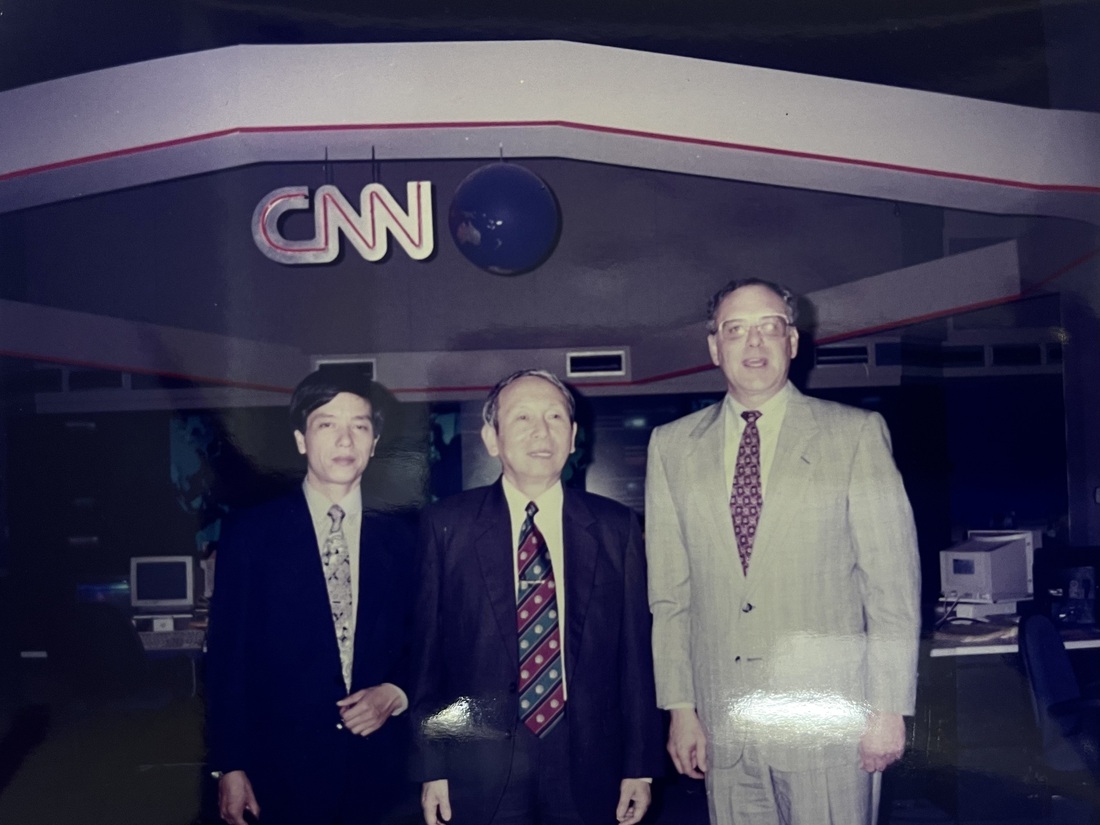
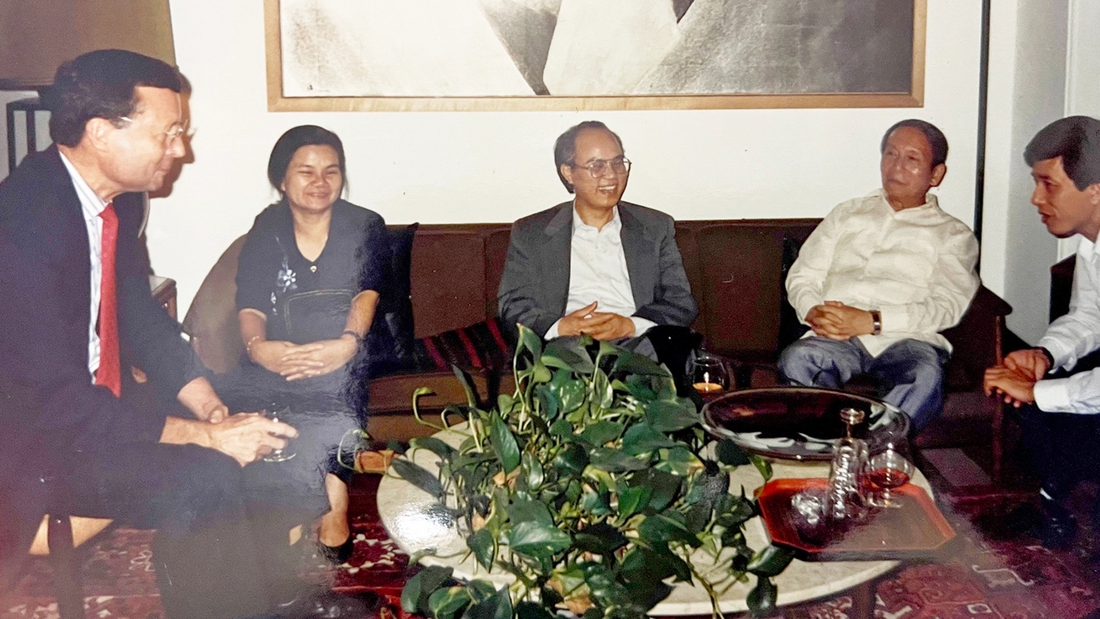
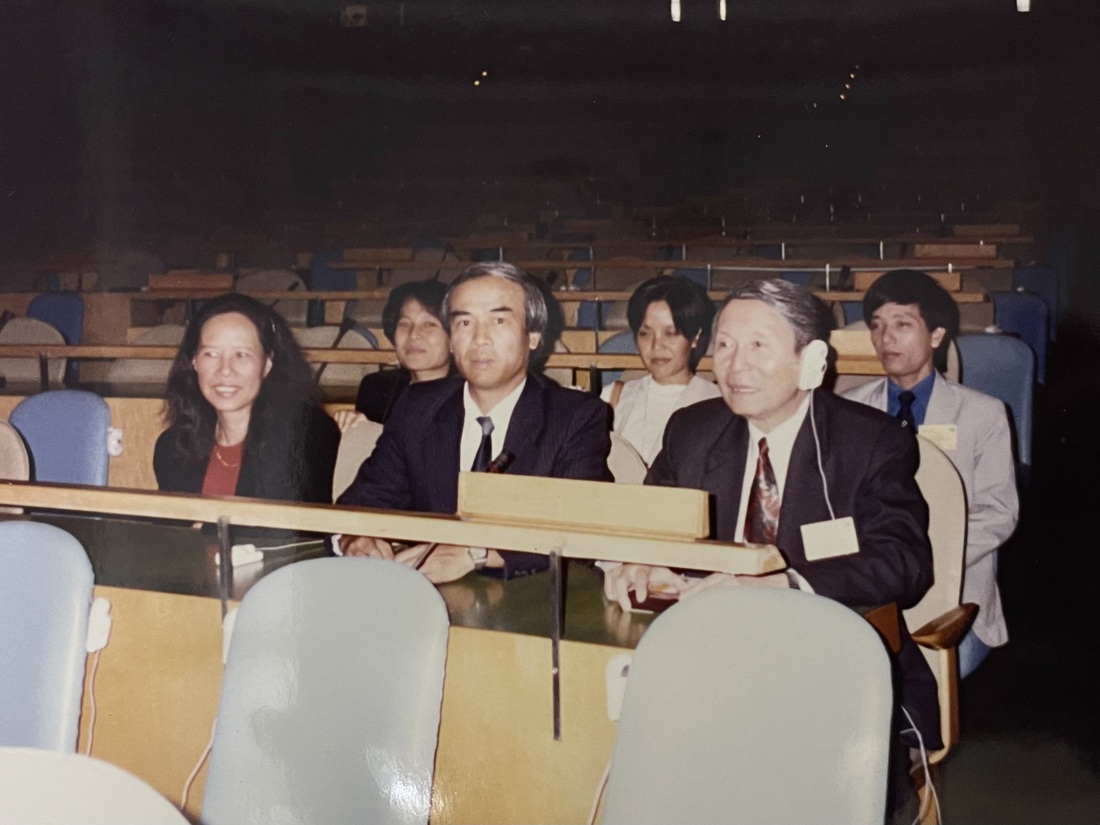
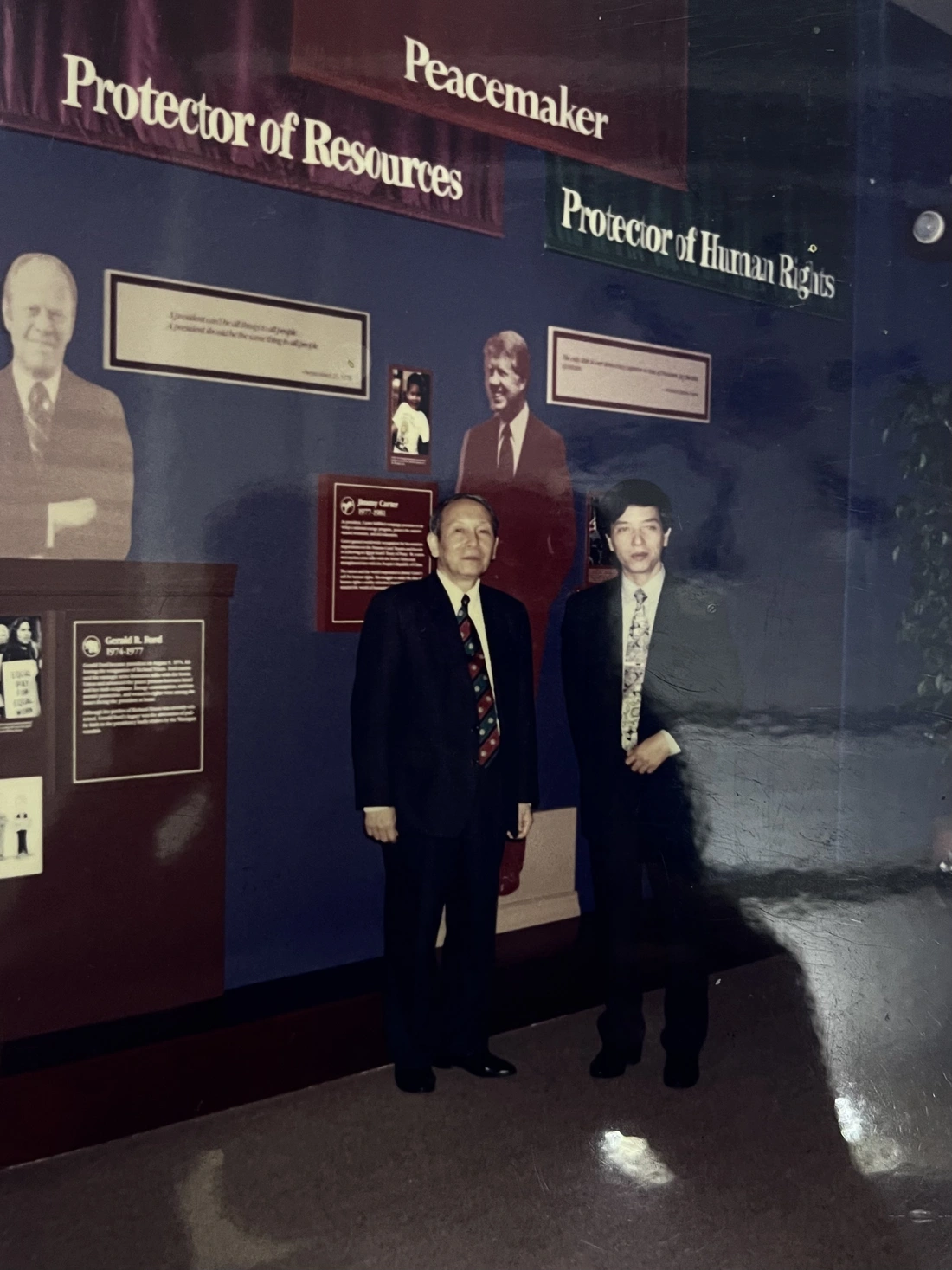
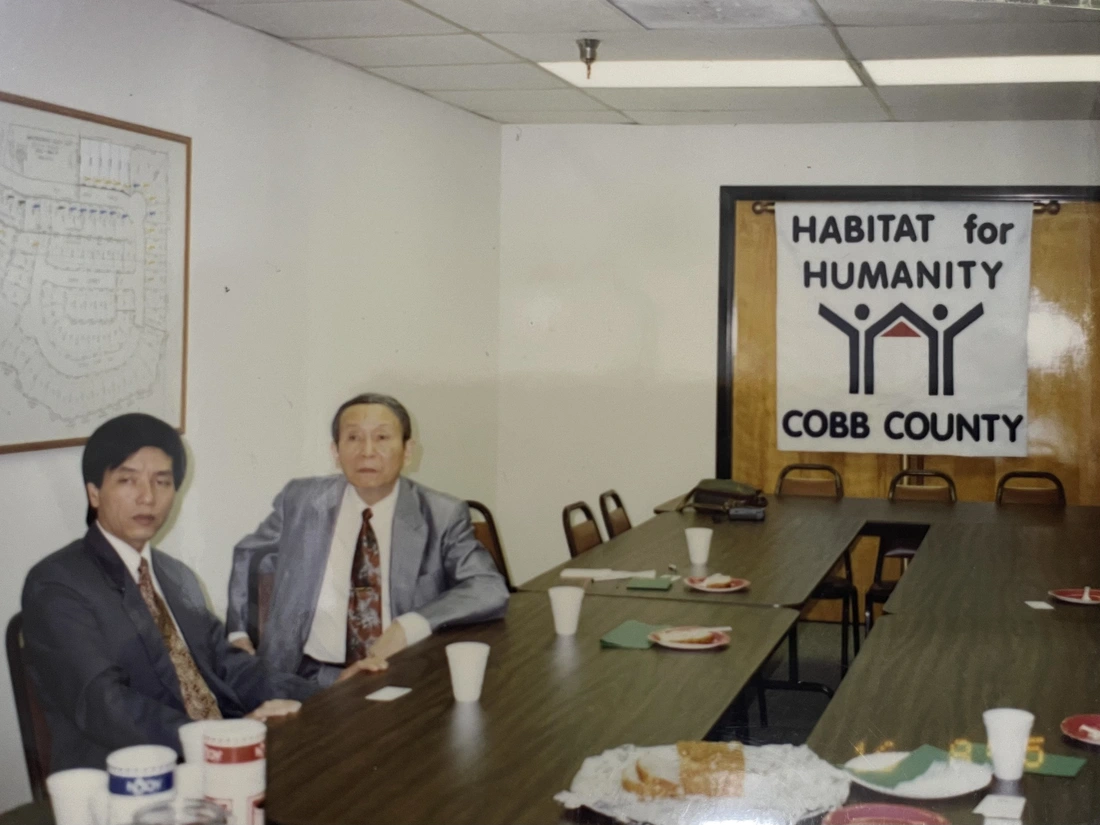
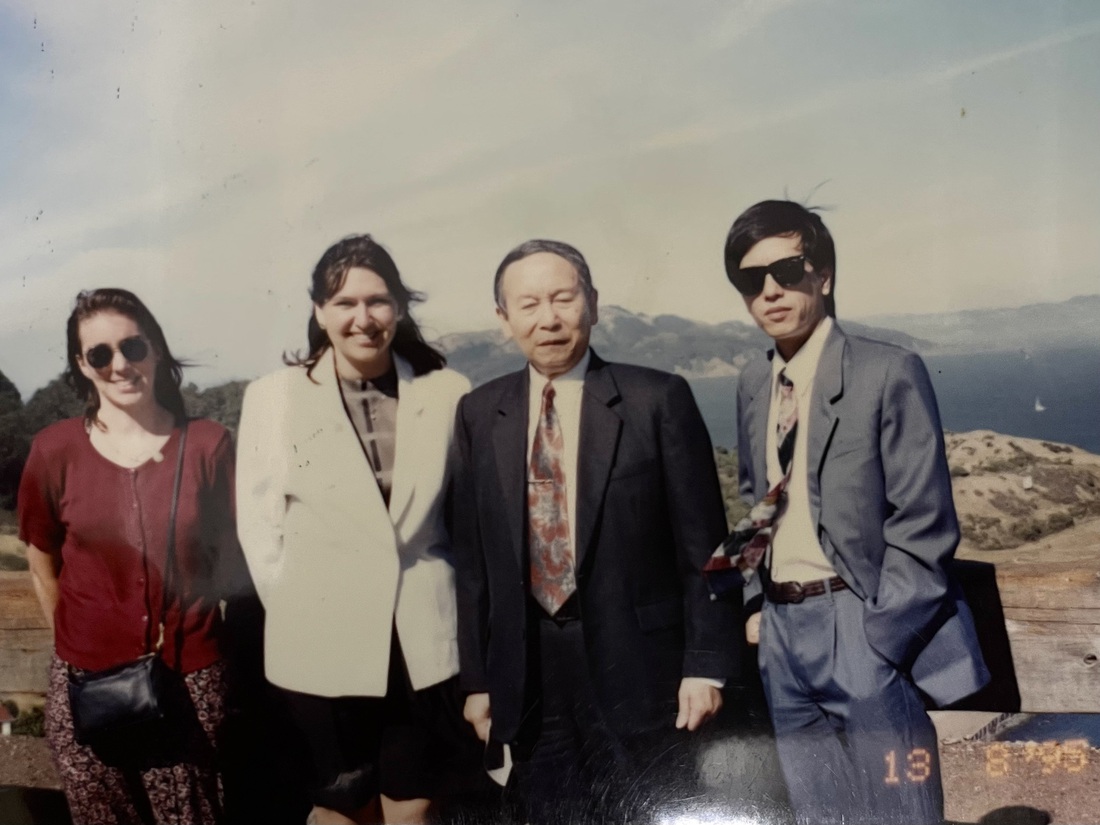

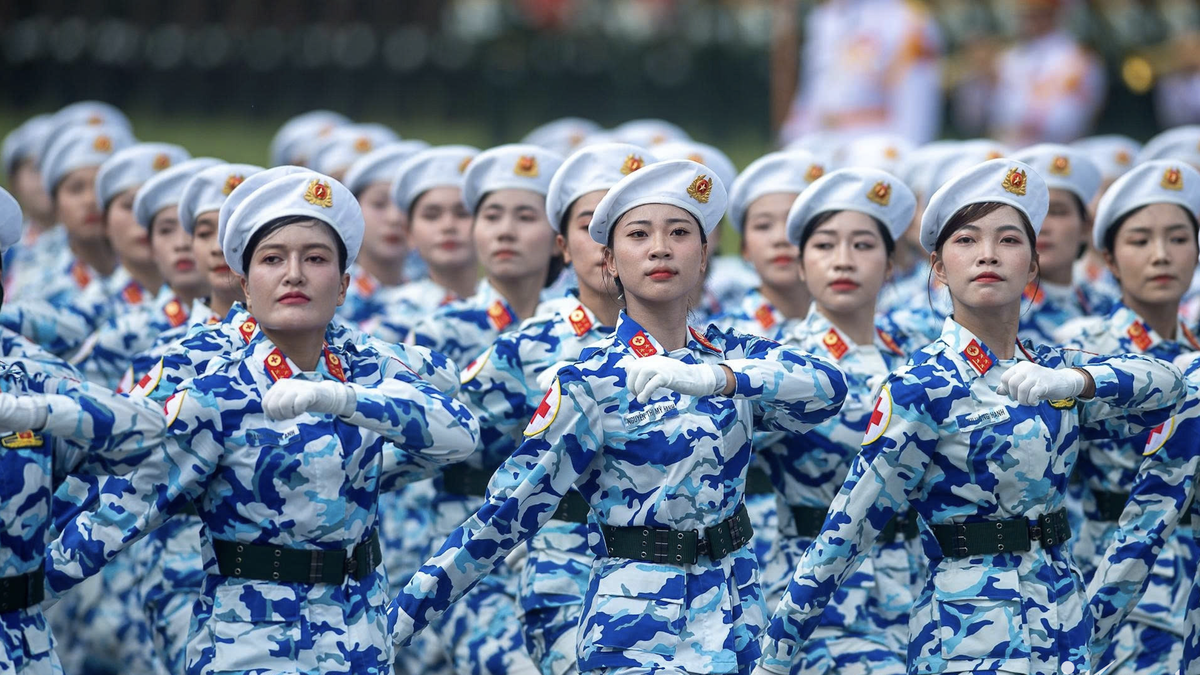
![[Photo] Hanoi: Authorities work hard to overcome the effects of heavy rain](https://vphoto.vietnam.vn/thumb/1200x675/vietnam/resource/IMAGE/2025/8/26/380f98ee36a34e62a9b7894b020112a8)

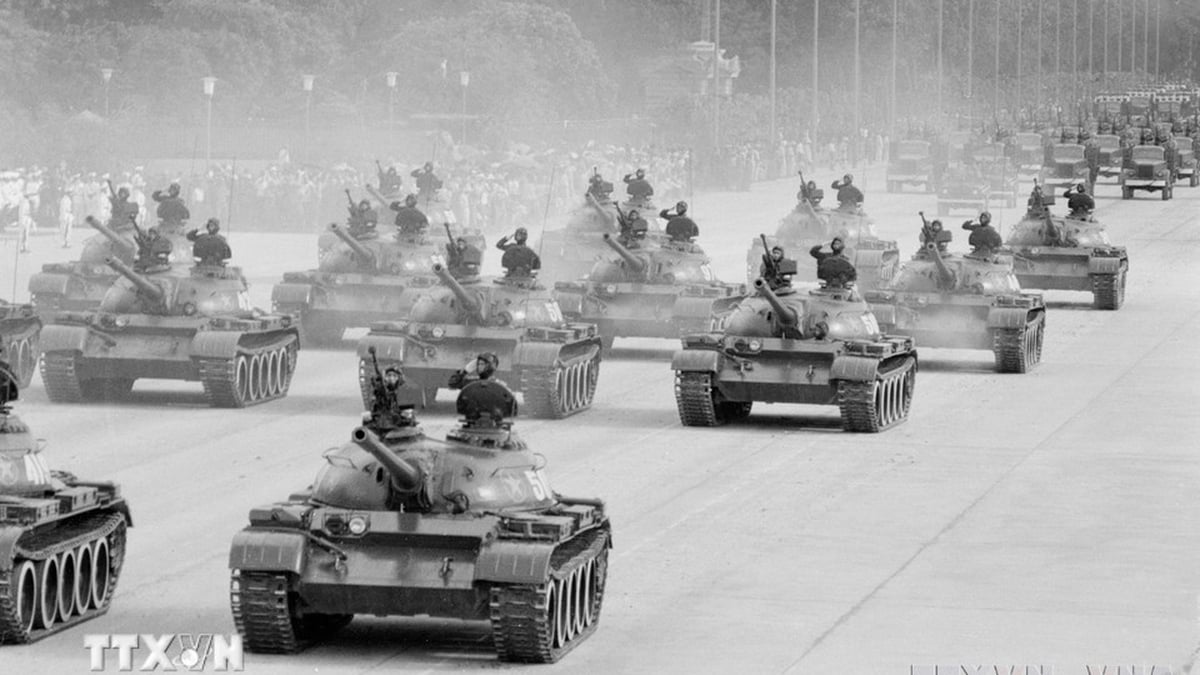
![[Photo] Multi-colored cultural space at the Exhibition "80 years of the journey of Independence - Freedom - Happiness"](https://vphoto.vietnam.vn/thumb/1200x675/vietnam/resource/IMAGE/2025/8/26/fe69de34803e4ac1bf88ce49813d95d8)
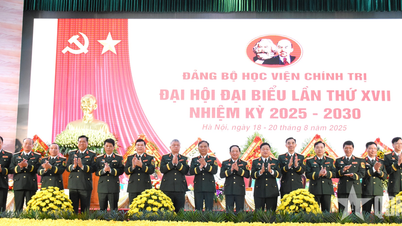

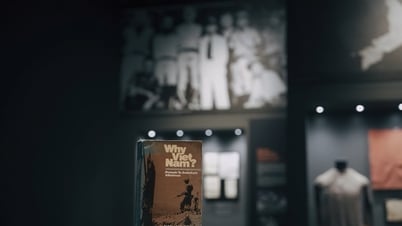




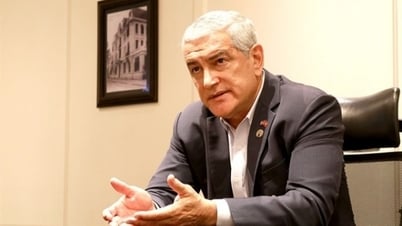

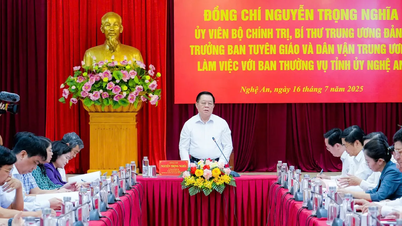



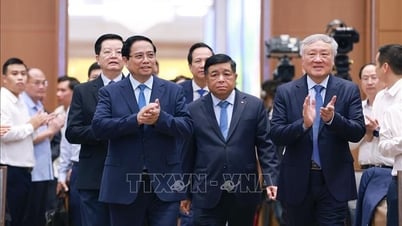

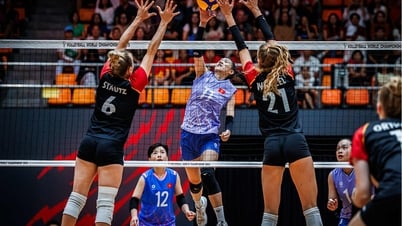
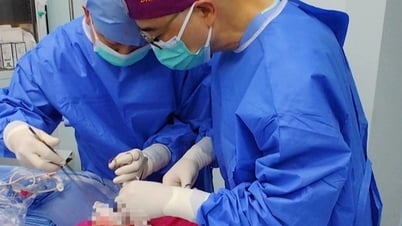
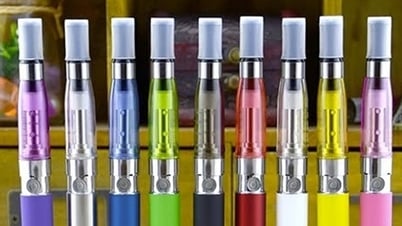

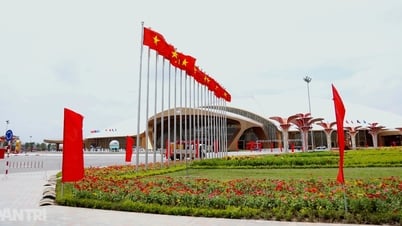





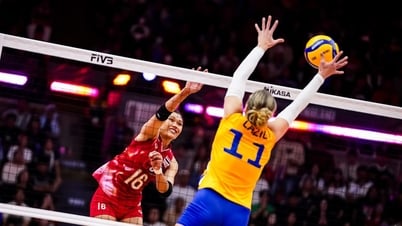
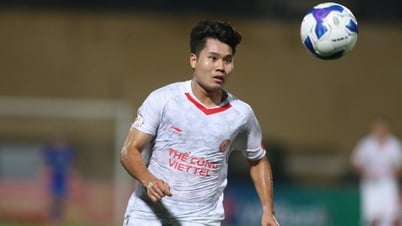
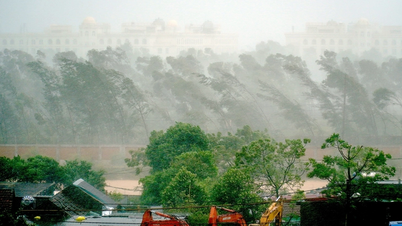
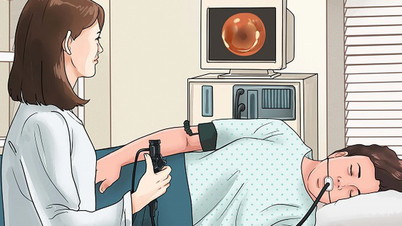
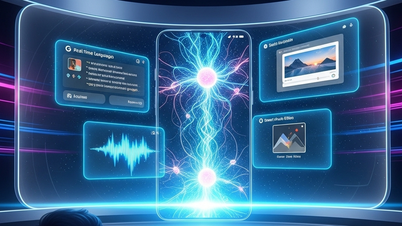


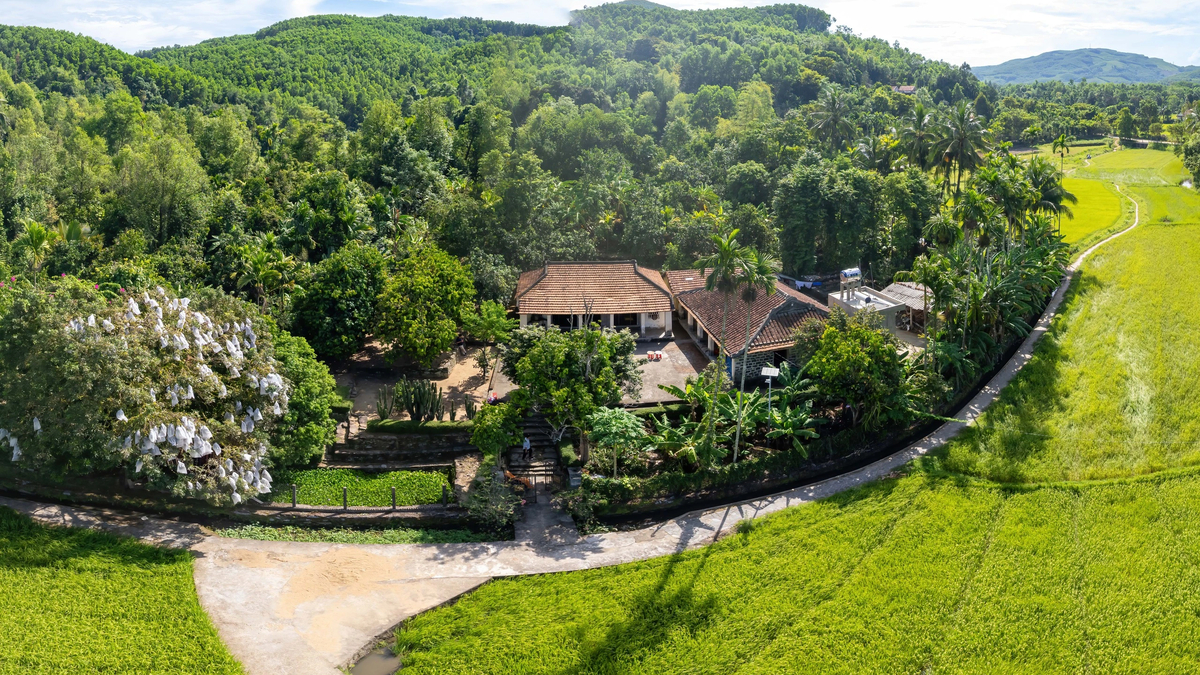
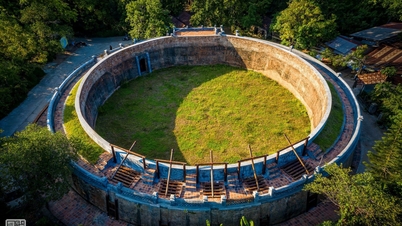

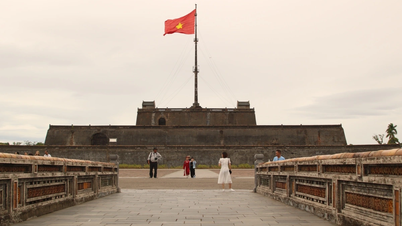

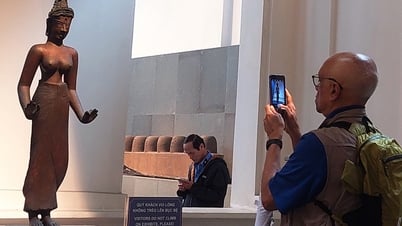

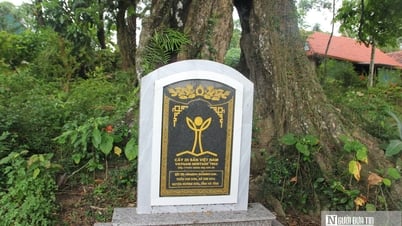

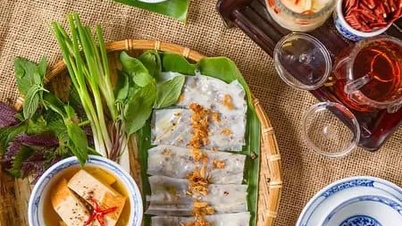

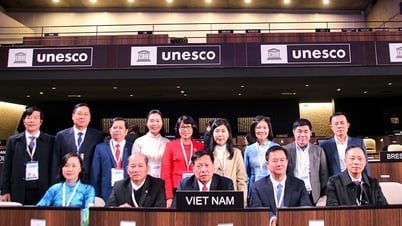

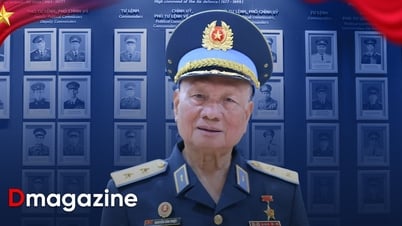
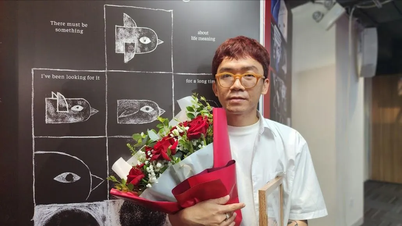
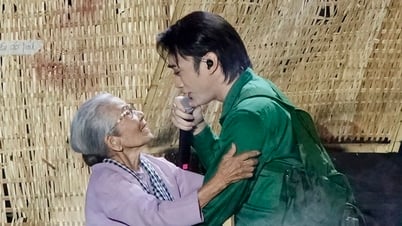
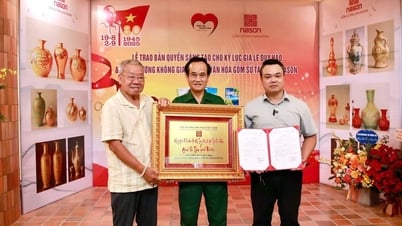

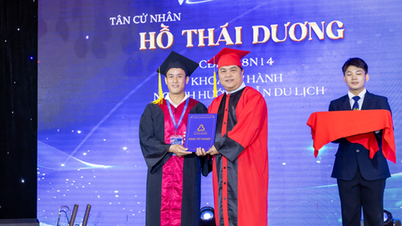

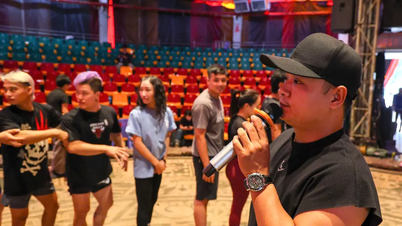
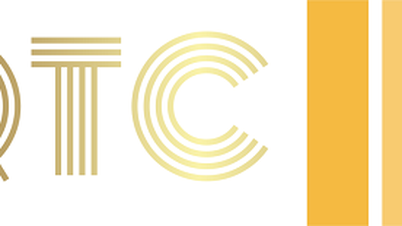

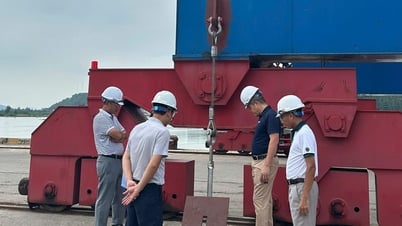
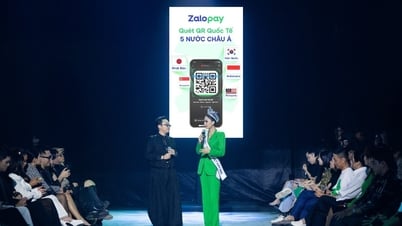

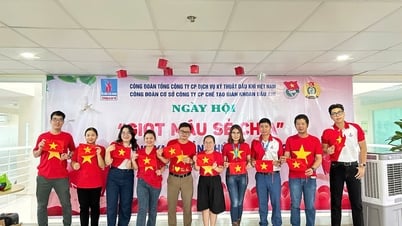
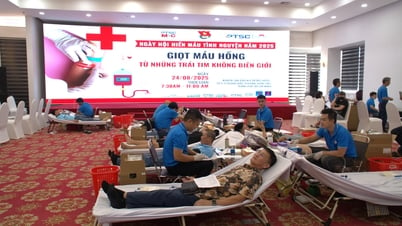
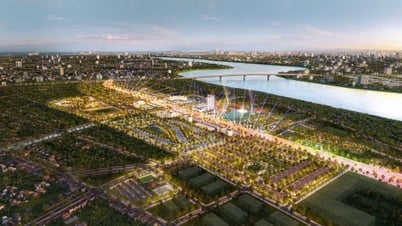
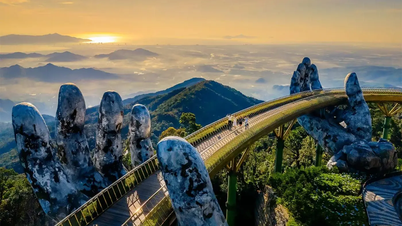

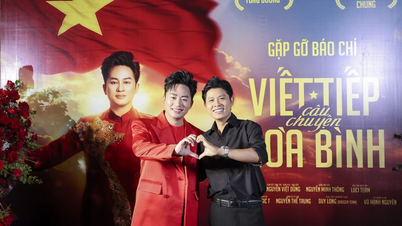
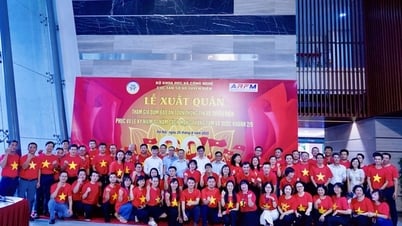

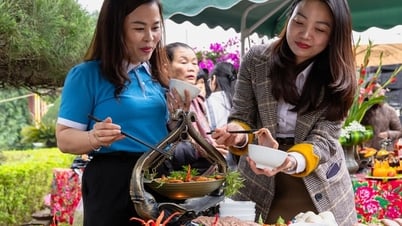

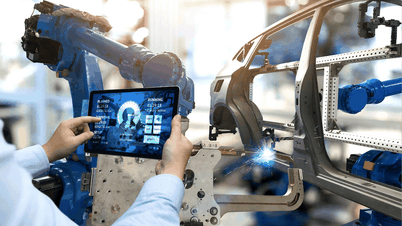

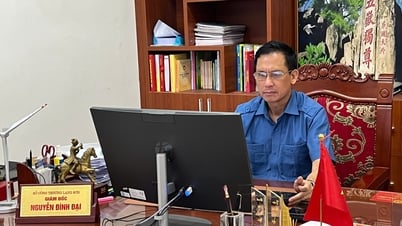
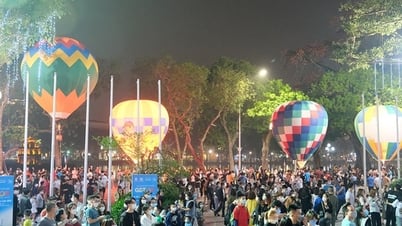
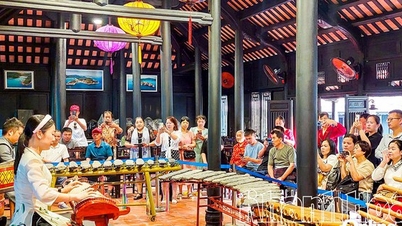
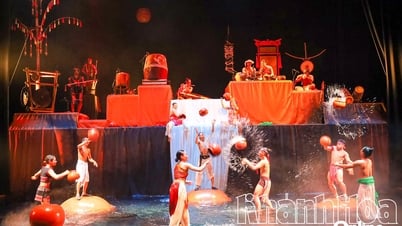

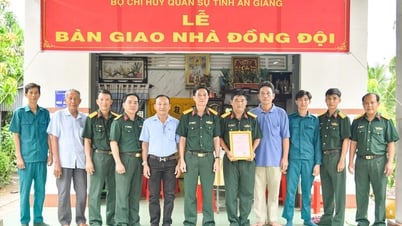

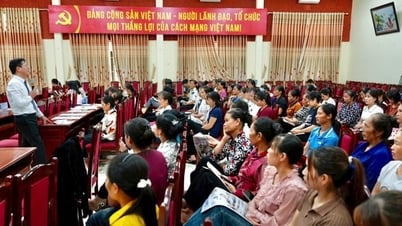

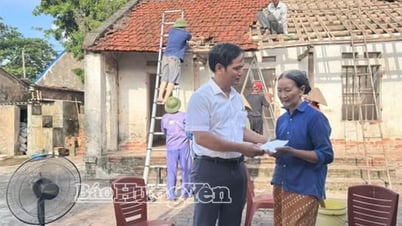

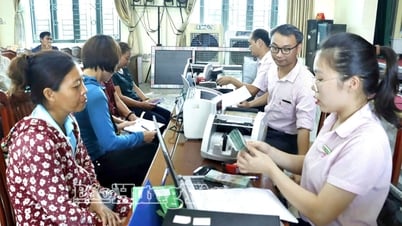
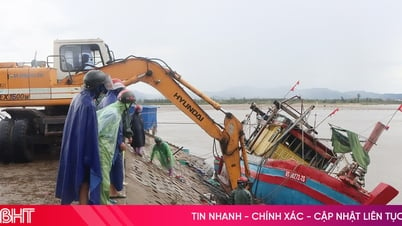
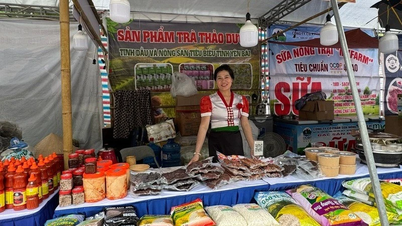

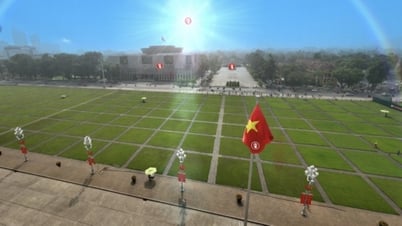



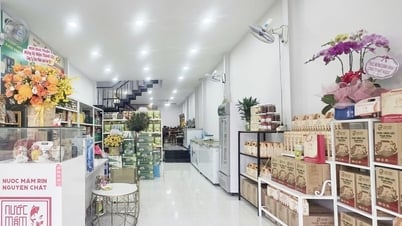

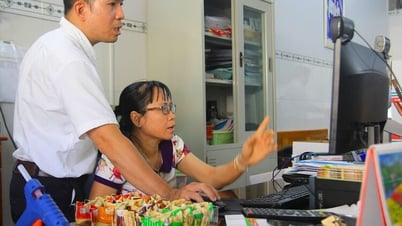




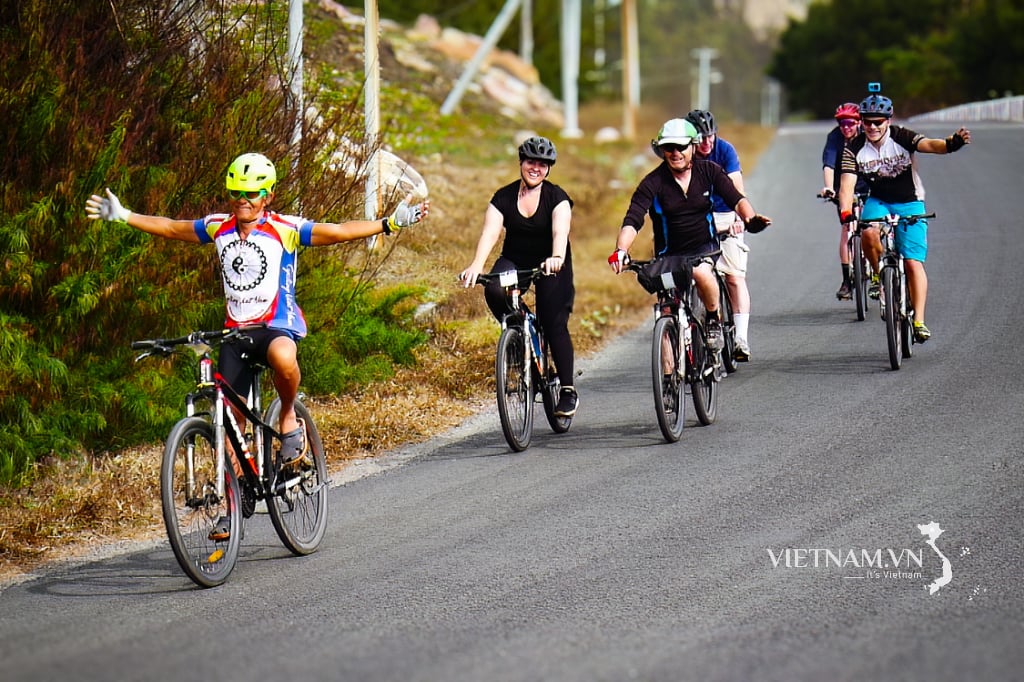
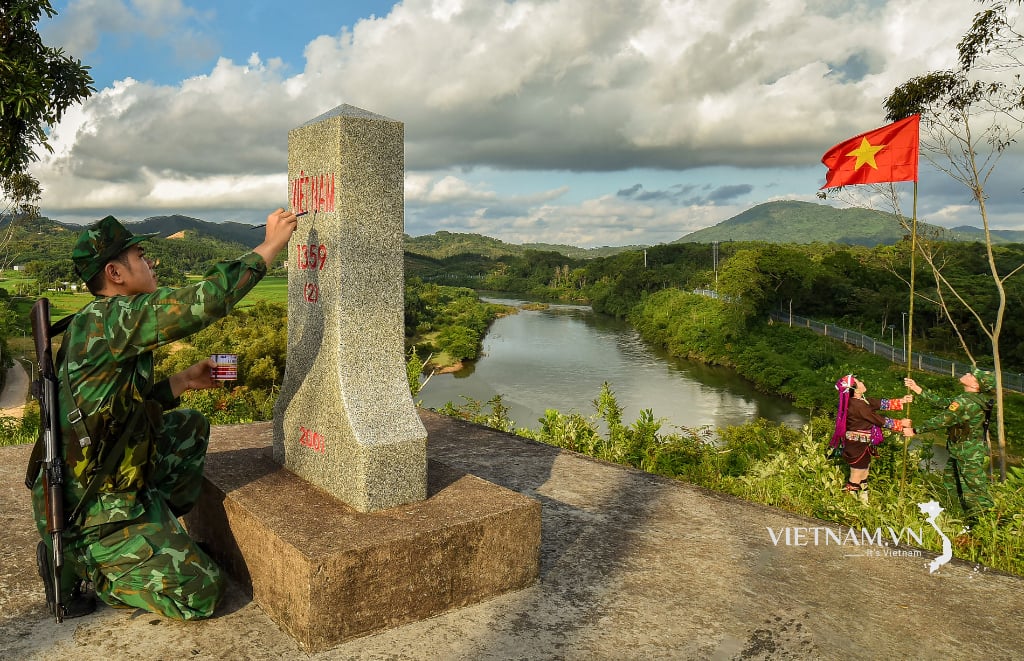
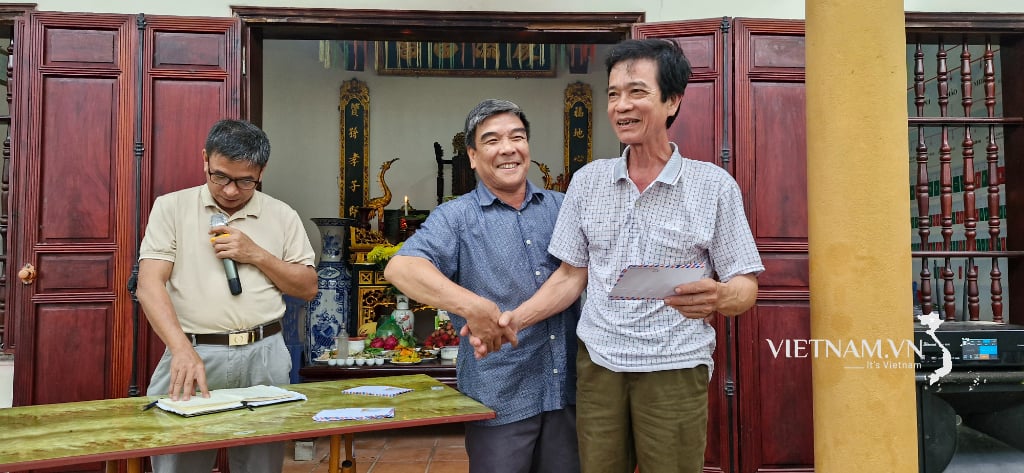
Comment (0)